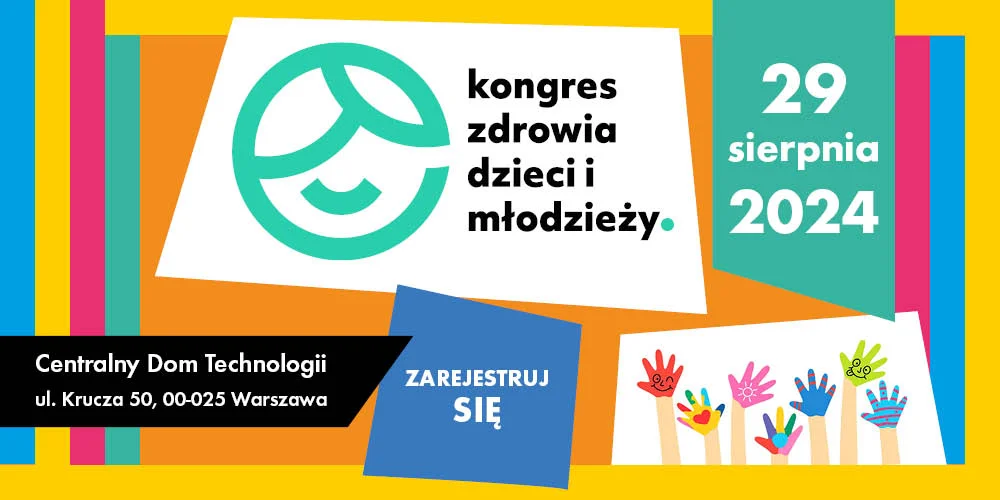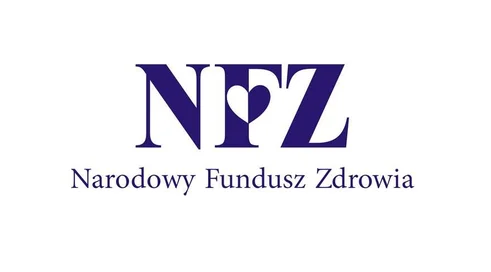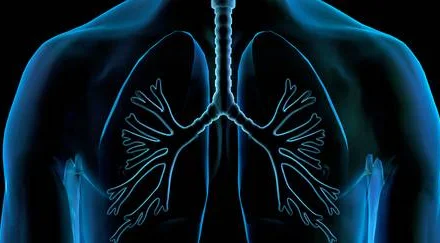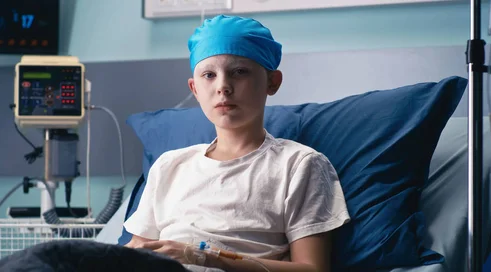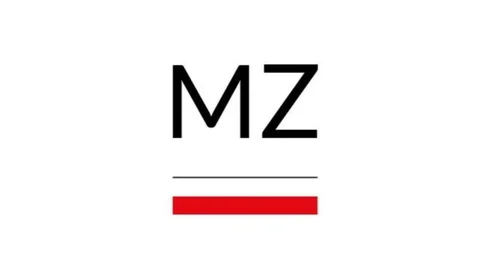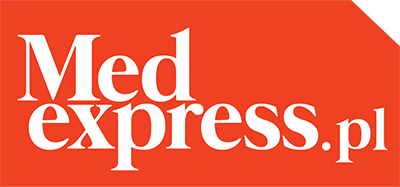In its main conclusions, the report focuses on presenting proposals for significant milestones, comprising a set of key and process-coherent steps to prepare a so-called "complete regulatory package.
Develop key recommendations for clinical organization and management, quality assessment metrics appropriate to them, and model patient pathways for specific oncology disease entities for publicly funded services.
Develop on the basis of clinical guidelines reference diagnostic and therapeutic pathways in BPMN2 notation and continuously monitor the compliance of data reported by providers with the developed pathways.
Prepare an analysis of a decision problem concerning:
discrepancies; guaranteed, and necessary in the context of the clinical conditi...
Content locked
To gain access to the complete English section of the Medexpress.pl, kindly reach out to us at [email protected].




